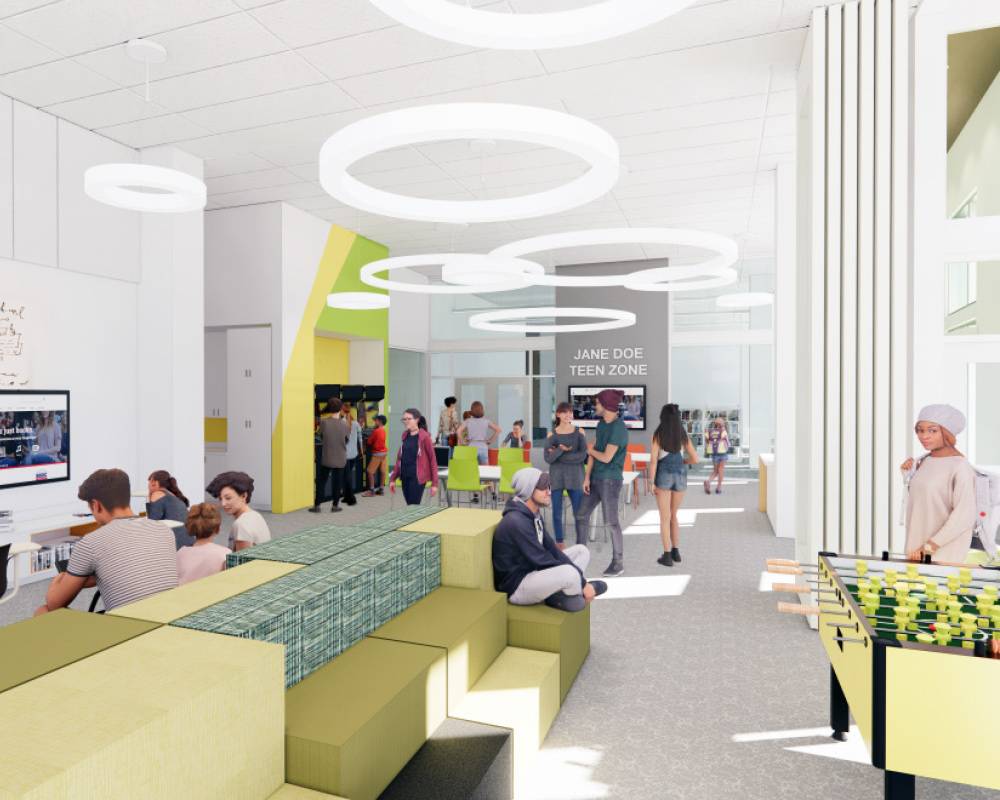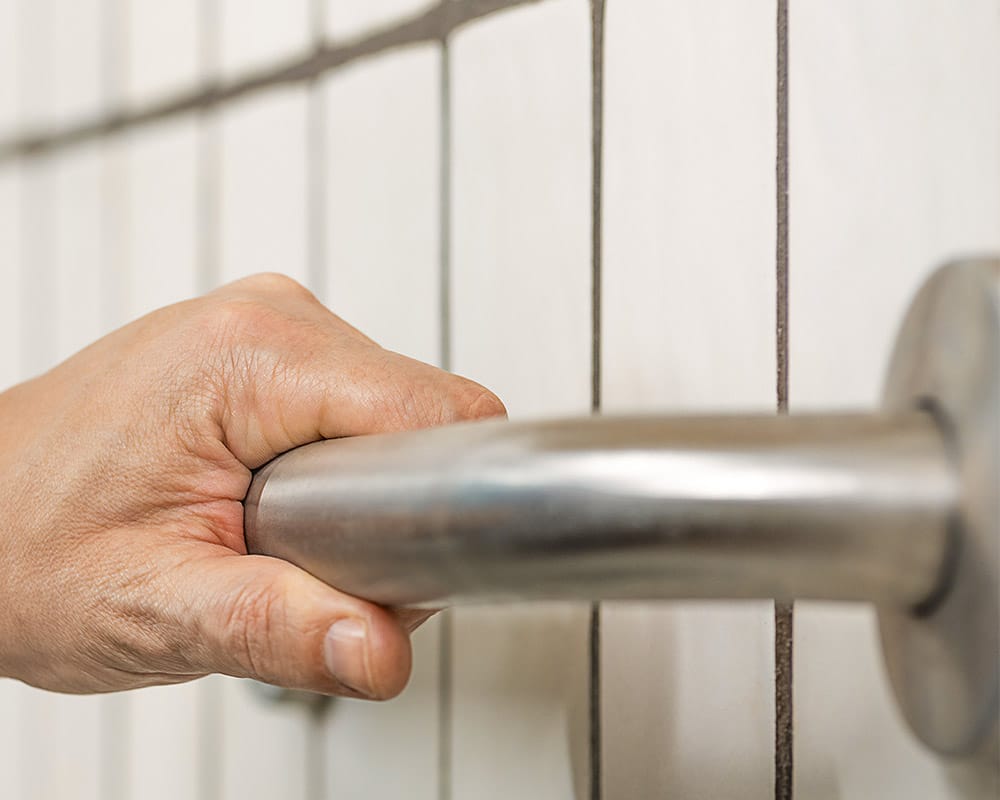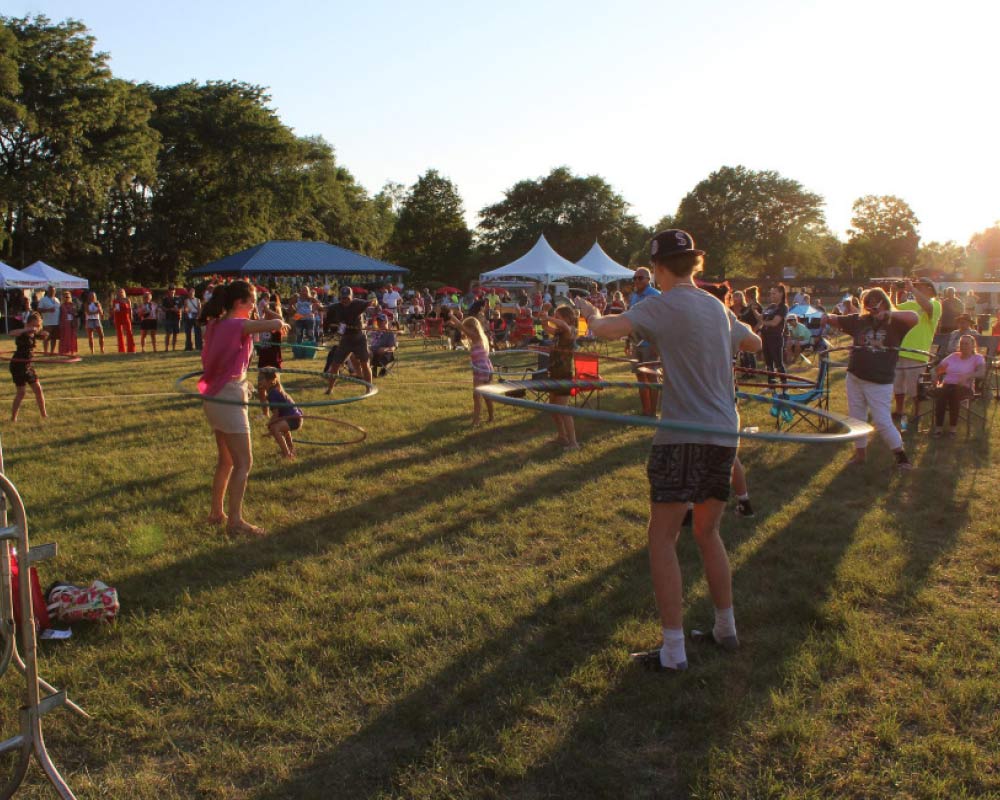Safety features don’t typically come top-of-mind in a bathroom remodel, but for homeowners of a certain age, a few smart adjustments can make all the difference.
“AARP indicates that 80% of people fall in a wet area, typically in the bathroom,” says Michael Sullivan, owner of Sullivan Home Improvement Solutions in Rockford. Led by the region’s first Certified Age in Place Specialist, this team handles full bathroom upgrades, along with safety features that address current challenges and preventative measures. Many of these upgrades address the most common falling hazards.
As with most age-in-place designs, Sullivan focuses particularly on the shower, lighting and ventilation.
“All of our showers are equipped with a minimum of four safety grab bars that have a 500-pound drop weight on them, and they are ADA-rated,” he says. “To achieve this, we have to take out the walls, block in two-by lumber and use a five-screw pattern.”
While the walls are open, an electrician updates the lighting with super-bright LED units that make it easier to see your step. The flooring is typically a color of sharp contrast against the shower, again for visibility.
Where possible, Sullivan likes to double-up a bathroom remodel with the addition of a first-floor laundry room. This helps to eliminate another source of falls, when someone is carrying laundry up and down from the basement.
“By doing both of those jobs, you’re covering 90% of the places where people fall,” he says.
It may be easy to balk at this approach to remodeling, but Sullivan believes it has many advantages. Not only does it help older people to stay in their homes longer, but it’s also a cost-effective strategy for anyone, of any age, who can benefit from these preventive strategies.
“When you take a look at the cost of going into assisted living or a retirement community, and you compare the cost of these projects, even on a full bathroom remodel the return on investment is no more than three to six months,” says Sullivan. “Given the cost of assisted living, in three to six months you’ll hit your break-even point.”
The typical job takes about a week, from demolition to final inspection. ❚
















